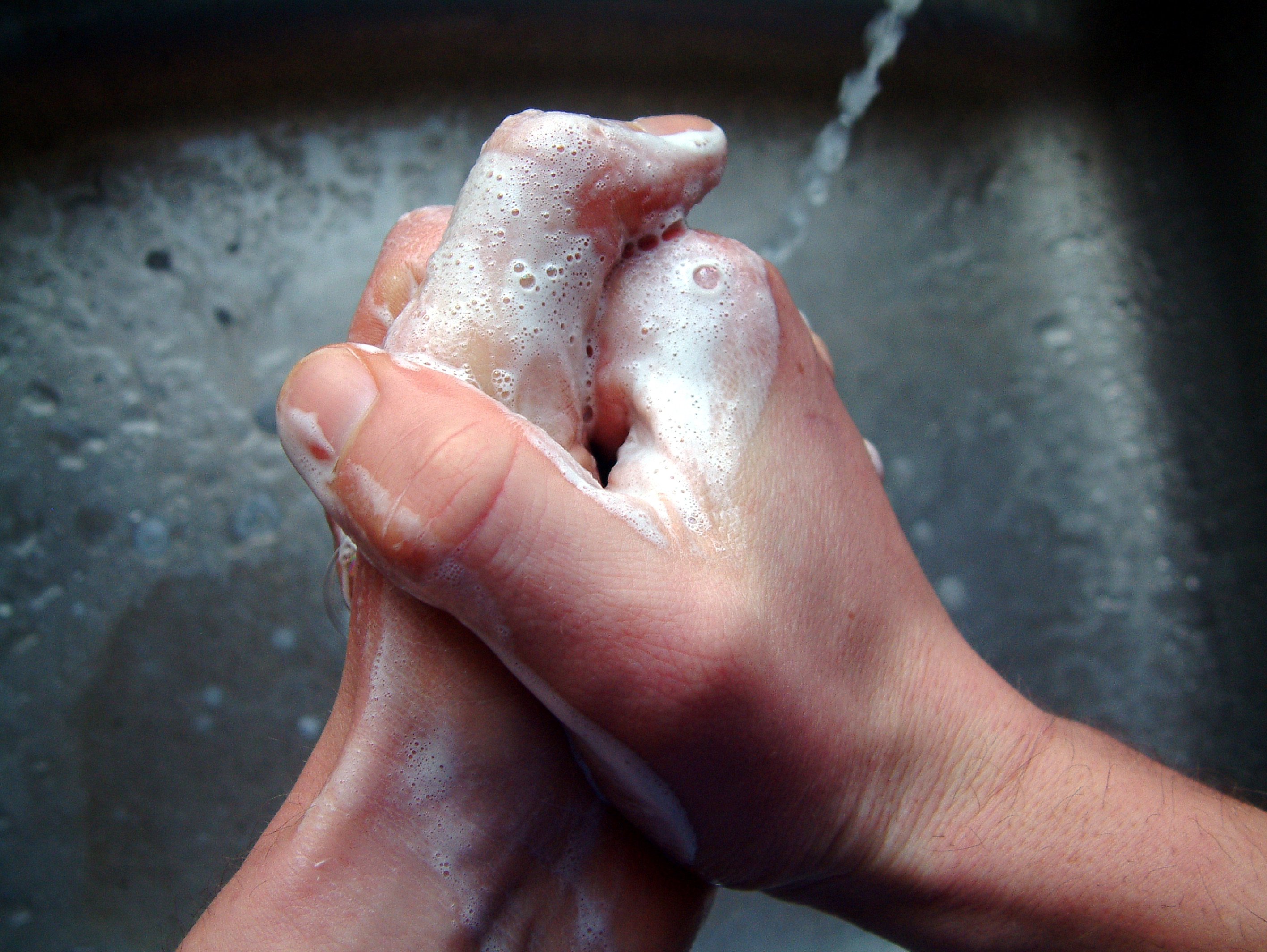Urinary Incontinence: Facts and Myths
Jogging, laughing or even coughing may seem like simple everyday activities to most people, but to some, those seemingly routine activities are accompanied by bladder leaks. According to the American Urological Association, at least 25 % of Americans live with urinary incontinence, and those are just the cases that are reported.
 Highly underreported, and highly treatable, urinary incontinence treatment and cure is best approached through early detection. There are four types of urinary incontinence:
Highly underreported, and highly treatable, urinary incontinence treatment and cure is best approached through early detection. There are four types of urinary incontinence:
- Stress incontinence occurs when activity or movement such as coughing, sneezing or sexual intercourse puts pressure on the bladder and it’s too much for the pelvic floor muscles or urethral sphincter to handle.
- Urge incontinence is hallmarked by a sudden and intense urge to urinate followed by an involuntary loss of urine.
- Mixed or total incontinence is a combination of stress and urge incontinence.
- Functional incontinence, or involuntary loss of urine, can occur due to mobility constraints in older adults.
According to the National Association for Incontinence, there are many myths surrounding the causes and treatments of urinary incontinence. Dr. Rotimi Nettey, assistant professor in the Scott Department of Urology at Baylor, dispels some of the most common misconceptions:
Urinary incontinence is a normal part of aging.
While urinary incontinence occurs more frequently with older age, it is not a normal part of the aging process. It typically points to an underlying problem, such as an overactive bladder (increased bladder irritability), weakness in the pelvic floor, especially after events such as childbirth and certain types of pelvic surgery, or due to certain neurologic conditions.
Nothing can be done to treat urinary incontinence in older adults.
There is a wide array of treatments available for incontinence, but the key factor is how much it bothers each patient or affect the patient’s quality of life. Lifestyle changes such as smoking cessation, weight loss or fluid modification can significantly reduce the severity of incontinence. Several medications, minimally invasive procedures and surgeries are options for treating incontinence. Treatment is driven by the type of incontinence, the patient’s level of bother and shared decision-making with his or her physician.
The only successful treatment for urinary incontinence is surgery.
Lifestyle changes are quite effective and risk-free in managing incontinence for the average patient and are the first line of intervention offered for patients with urgency urinary incontinence. If a patient does not have good success with lifestyle changes, medications or minimally invasive procedures such as Botox injections to the bladder or InterStim, a sacral neuromodulation implantation device, may be a good alternative. Stress incontinence is typically managed with procedural or minimally invasive surgical options, particularly when the pelvic floor strengthening exercises fail.
Drinking less fluid will improve urinary incontinence.
While there is no prescribed amount of fluid that is ideal for the body, it is important to remember that what goes in must come out! I typically counsel patients to drink to thirst. You get as much as 20% of your daily fluids from foods that you consume. Try spreading fluid consumption out over the course of the day instead of drinking large volumes at one time. If you experience nighttime urinations that impact your sleep, try cutting down fluids at least four hours prior to bedtime. Types of fluids also matter – sugary beverages, carbonated drinks (including sparkling water), caffeinated/citrus-based or acidic drinks all act as bladder irritants and can exacerbate urgency and urgency incontinence.
The individual is having accidents on purpose.
Urinary incontinence is the involuntary loss of urine, which can be related to activity (stress incontinence), urge (urgency incontinence) or functional (restricted by poor mobility). Pelvic floor exercises, lifestyle changes, medication and procedural options are good interventions that help patients improve control of urination.
Absorbent products are the only option to manage urinary incontinence for people who are homebound or in long-term facilities.
For patients who are homebound or in facility care, while some procedural or surgical options may be less appealing, a conversation with their physician may help in personalizing which treatment approach is best-suited to their needs and can best impact quality of life.
While urinary incontinence is not always preventable, there are ways to decrease your risk of developing the condition:
- Maintain a healthy weight
- Pelvic floor exercises
- Avoid bladder irritants (such as caffeine, alcohol, and acidic foods)
- Add more fiber to your diet to prevent constipation
- Refrain from smoking
Additional Resources
Learn more about urinary incontinence at Baylor Medicine or (713) 742-4001 to schedule an appointment.
By Alexandria Brown communications associate in the Scott Department of Urology at Baylor College of Medicine



